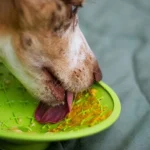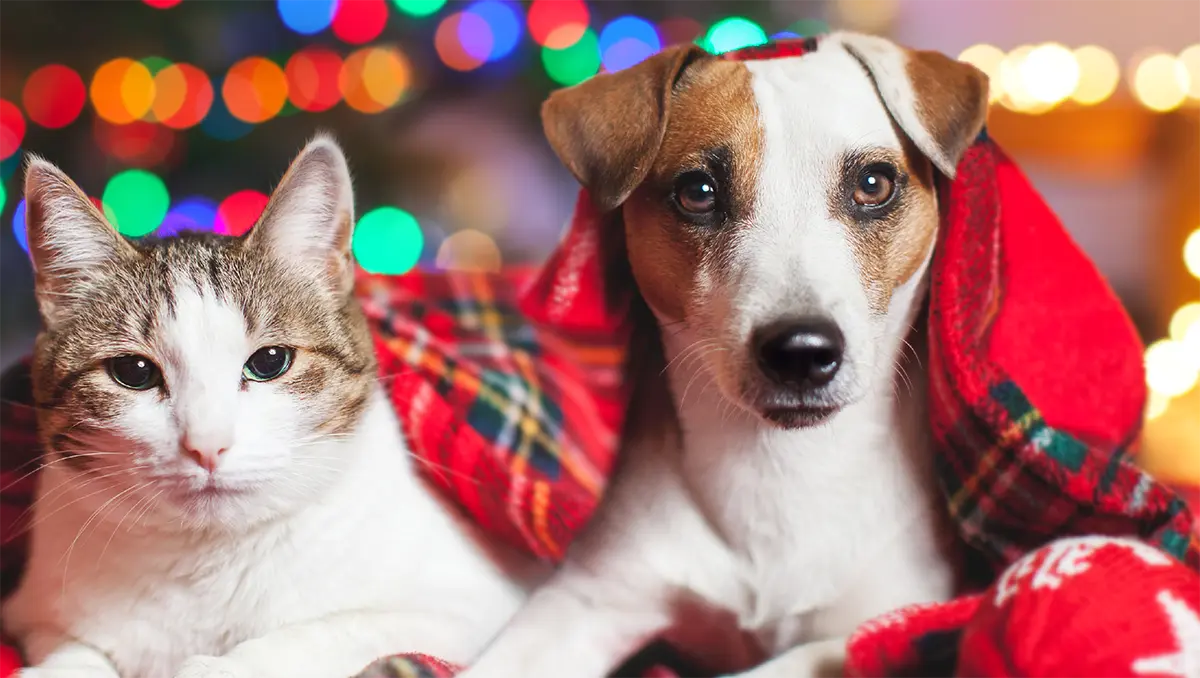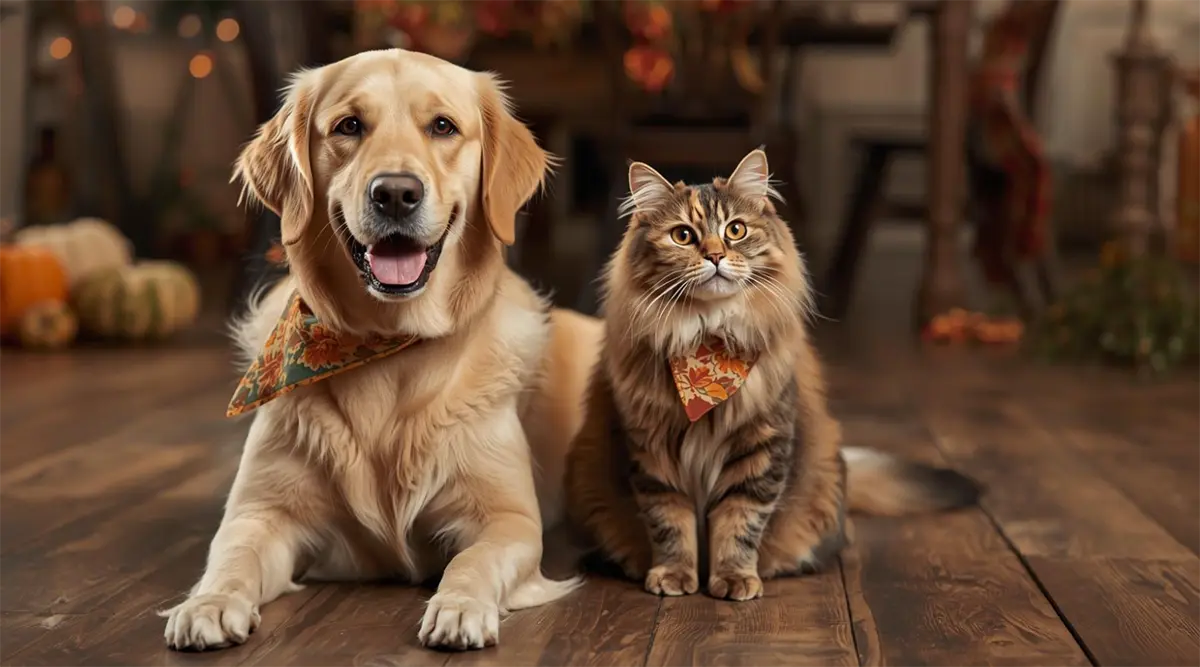Raw feeding for cats has gained popularity due to its potential benefits, but it’s crucial to approach it correctly to ensure your feline friend’s health and safety. As obligate carnivores, cats thrive on a diet rich in animal protein, and raw feeding can mimic their natural prey diet. However, it also comes with potential risks if not done properly. Here’s a guide to the dos and don’ts of raw feeding for your cat.
Pros and Cons of Feeding Raw
Pros
- Biologically appropriate – Cats are obligate carnivores, making raw diets more aligned with their natural dietary needs.
- Fewer processed ingredients – Minimizes artificial additives, fillers, and preservatives found in commercial cat food.
- Supports digestion – High moisture content and natural enzymes can promote better gut health.
- Maintains a healthy weight – Protein-rich diets help prevent obesity and promote lean muscle mass.
- Improves dental health – Chewing raw meaty bones or chunks can help reduce plaque and tartar buildup.
- Shinier coat & healthier skin – Natural fats and amino acids contribute to a soft, glossy coat.
- More energy & vitality – Some pet parents report increased energy levels and overall well-being in raw-fed cats.
Cons
- Risk of foodborne illness – Raw meat can carry bacteria like Salmonella and Campylobacter, posing a health risk to both cats and humans.
- Nutritional imbalances – Without proper formulation, raw diets may lack essential vitamins and minerals.
- Potential contamination – Improper handling or storage can lead to bacterial growth and spoilage.
- Higher cost – Quality raw diets can be more expensive and difficult to source than commercial dry or canned food.
- Time-consuming – Requires careful preparation, storage, and sanitation to ensure safety (if making the food yourself).
- Not suitable for all cats – Cats with certain health conditions may not tolerate raw food well.
Differences Between Raw and Freeze-dried Raw Cat Food
Raw cat food is unprocessed, meaning it hasn’t been cooked or pasteurized, while freeze-dried raw food is raw food that has been processed to remove moisture through freezing and then sublimation, resulting in a shelf-stable product.
Raw Cat Food
- Fresh, unprocessed meat
- High moisture content
- Requires refrigeration/freezing
- More perishable
- Higher risk of bacteria
Freeze-Dried Raw Cat Food
- Shelf-stable
- Lightweight & convenient
- Less risk of bacteria
- Longer shelf life
- Requires rehydration
Both diets aim to provide a biologically appropriate meal for cats, but raw food offers a more natural texture and hydration, while freeze-dried raw provides convenience and longer storage life.
Raw feeding can be a beneficial option for cats, but it requires careful planning and execution. By following these dos and don’ts, you can minimize the risks and maximize the benefits of a raw diet for your feline companion. Always prioritize your cat’s health and consult with your veterinarian for personalized advice.










